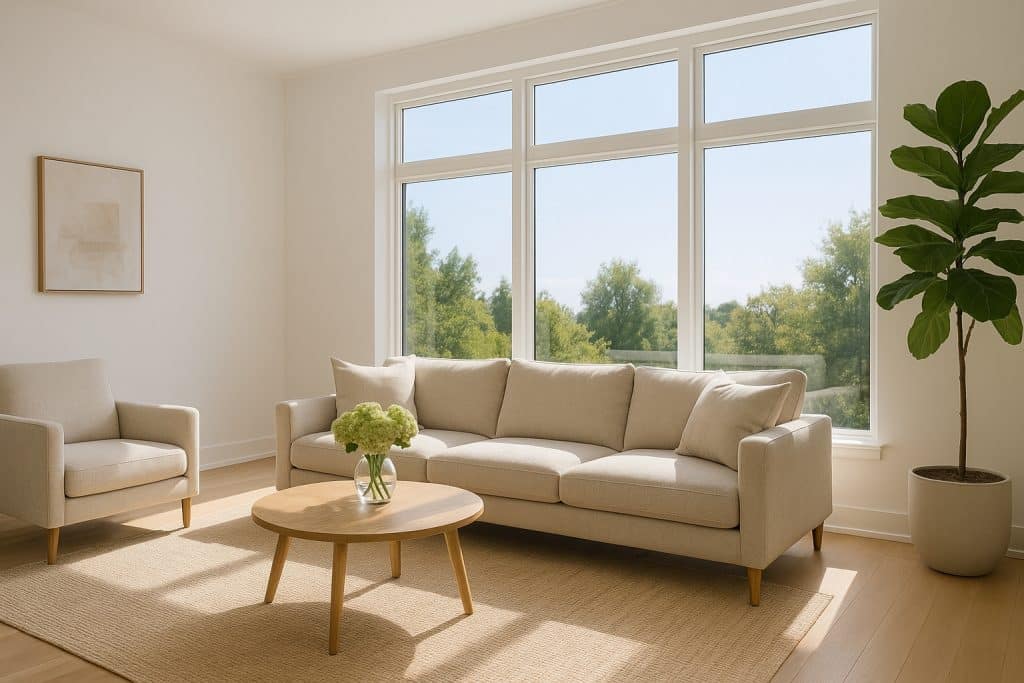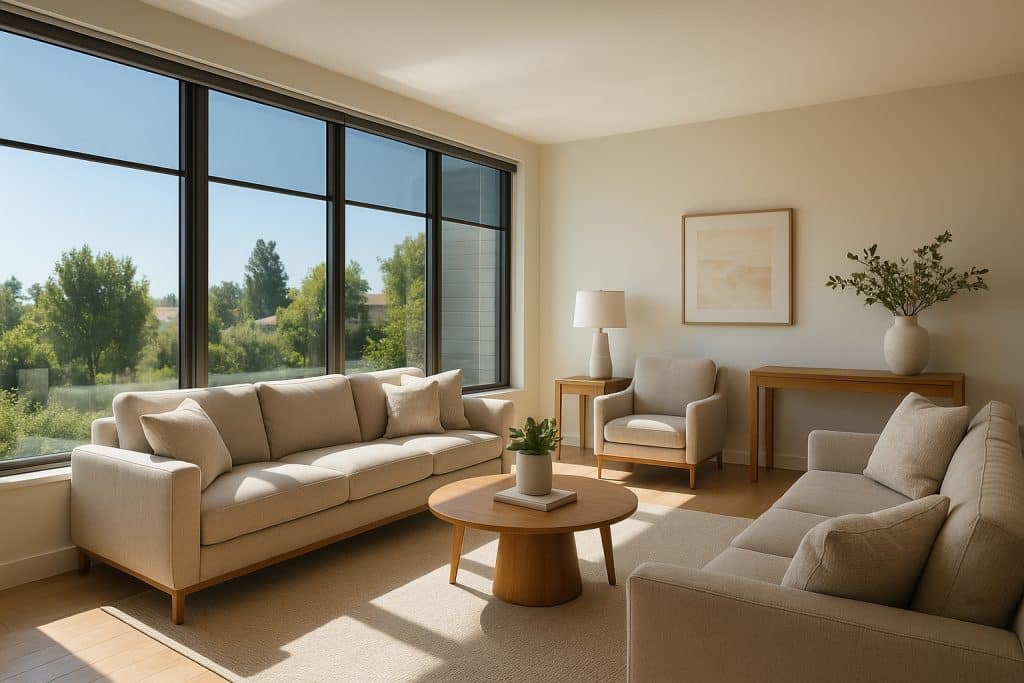Enhancing Comfort and Control in Southern California Homes
Homeowners across San Diego and the greater Southern California region are increasingly turning to window tinting as a practical and stylish way to improve comfort and efficiency. With bright sunshine, year-round warmth, and coastal glare, the right window film helps manage indoor temperatures, boosts privacy, and protects interiors without sacrificing natural light.
Beyond curb appeal, window films support energy efficiency in climates where air-conditioning demand spikes during long warm seasons. Modern films offer durability, clarity, and UV reduction that traditional curtains and blinds simply cannot match. Whether you’re upgrading your home’s thermal performance or seeking better daylight control near the coast, choosing the right film and installation method matters.
How Window Tint Improves Comfort, Efficiency, and Protection
Window film has evolved from dark, reflective surfaces to advanced material technology engineered for performance and visual appeal.
Key benefits homeowners value include:
Heat control for sun-exposed rooms
Homes in coastal and inland Southern California experience intense afternoon sun, which can quickly warm interiors. Premium films reflect solar heat while allowing soft natural light to filter in.
UV protection for furniture and flooring
Ultraviolet rays fade wood floors, artwork, and furniture. Many films block up to 99% of UV light, helping preserve investment pieces and interior finishes.
Glare reduction for work-from-home spaces
Bright sunlight reflecting off the ocean or pool areas can strain eyes and disrupt productivity. Tinted windows support comfortable living and working spaces.
Improved privacy without heavy drapes
Frosted and reflective films keep views bright and open while reducing visibility from the outside—ideal for street-facing rooms and homes in tightly-packed neighborhoods.
Energy efficiency and utility savings
Lower indoor temperatures help reduce AC usage during warm months, offering long-term cost benefits for homeowners looking to manage energy consumption.
Popular Types of Residential Window Tint Films
Choosing the right film depends on your aesthetic goals, privacy needs, and performance expectations. Trusted residential tinting materials include:
Ceramic film
Known for clarity and strong heat rejection, ceramic is a top choice for premium residential performance and coastal climates where glare control is critical.
Dual-reflective film
Reflective on the outside for privacy and glare control while maintaining a softer interior appearance, making it useful for homes with panoramic window lines.
Neutral or natural-tone film
Subtle and nearly invisible, this film maintains a natural aesthetic while improving thermal control and reducing UV exposure.
Frosted and decorative films
Ideal for bathrooms, entry windows, and private office spaces, offering style and privacy while letting light pass through.
Security film
Strengthens glass and helps hold it together during break-ins or accidents—an added safety layer for families or properties near public walkways.
Professional vs. DIY Installation: What Homeowners Should Consider
Window film requires precision for wrinkle-free, bubble-free results. While small DIY projects are possible, Southern California homeowners often choose professional installation for optimal performance.
When DIY might work
-
Small bathroom or cabinet glass panels
-
Temporary privacy film solutions
-
Budget-friendly tinting for a rental property
When professional installation is worth it
-
Large or floor-to-ceiling windows
-
High-heat or waterfront exposures
-
Specialty films such as ceramic or security film
-
Homes seeking long-term durability and warranty coverage
Professional installation ensures proper bonding, clean edges, and long-lasting clarity—particularly important in sunny, salt-air environments near the coast.
Maintenance Tips for Long-Lasting Window Film Performance
Once installed, window film requires minimal upkeep. Following a few care habits helps protect clarity and longevity:
Cleaning guidance
Wait at least 30 days before cleaning newly installed film. Use soft cloths or microfiber towels with ammonia-free cleaning solutions. Gentle soap and water work well for routine care.
Avoid abrasive tools
Skip scrub pads, razors, or anything that could scratch the surface. Even high-quality films have delicate coating layers that benefit from careful cleaning.
Inspect edges occasionally
Coastal humidity and salt air can affect adhesive on unprofessional applications. Check for lifting and contact a professional if edges appear compromised.
Support sun-fading prevention
Even with UV protection, rotate furnishings or use rugs to ensure even light exposure in high-sun rooms.
Is Window Tint a Smart Investment in Southern California?
With sunny days dominating the forecast and utility rates on the rise, homeowners throughout San Diego, Orange County, and surrounding regions are recognizing the value of high-quality window films. The combination of comfort, privacy, and reduced cooling costs makes tinting a strategic upgrade for both single-family residences and contemporary coastal homes.
Many families also appreciate the added layer of security and the ability to protect interiors from long-term sun damage. When paired with expert installation and proper care, window film enhances daily living while supporting sustainability in a region where energy conservation matters.
Whether you’re upgrading an older beach house in Mission Beach, enhancing privacy in La Jolla, or creating a cooler interior in Poway or Chula Vista, tint film offers a lasting improvement with immediate comfort benefits.



